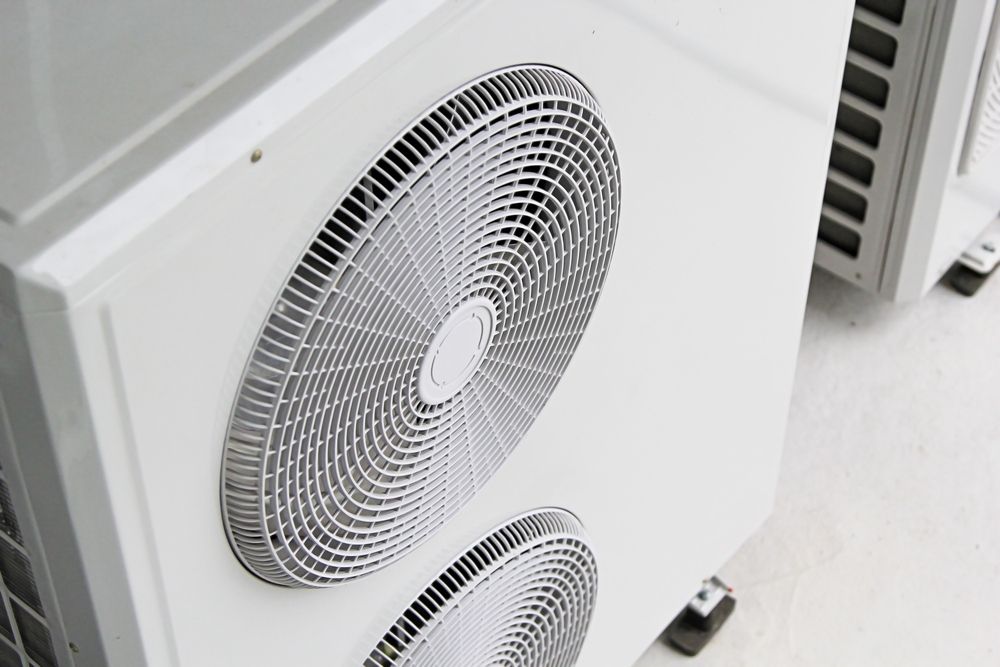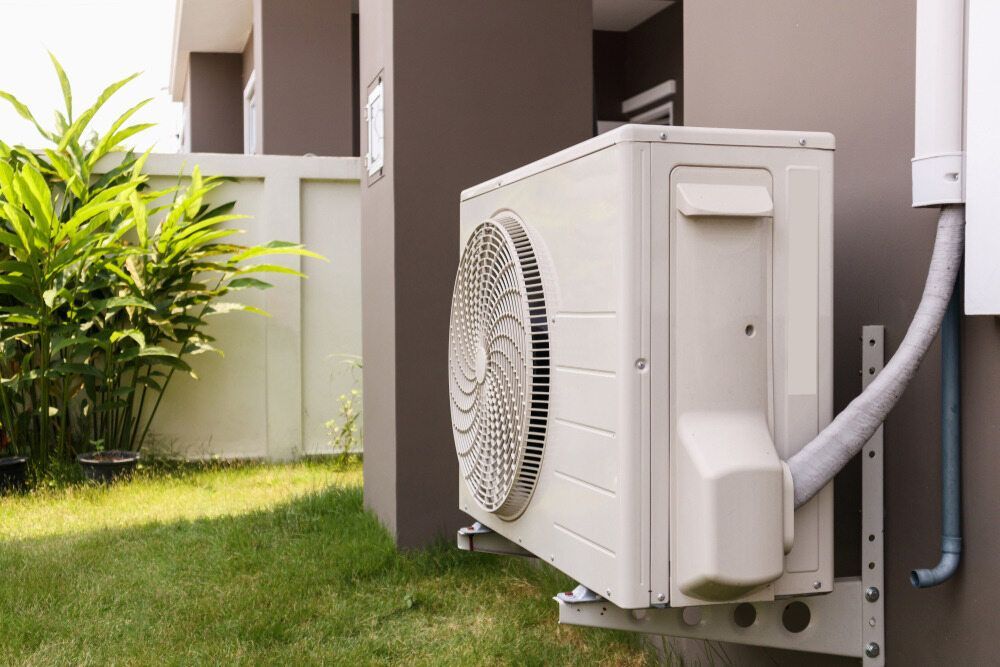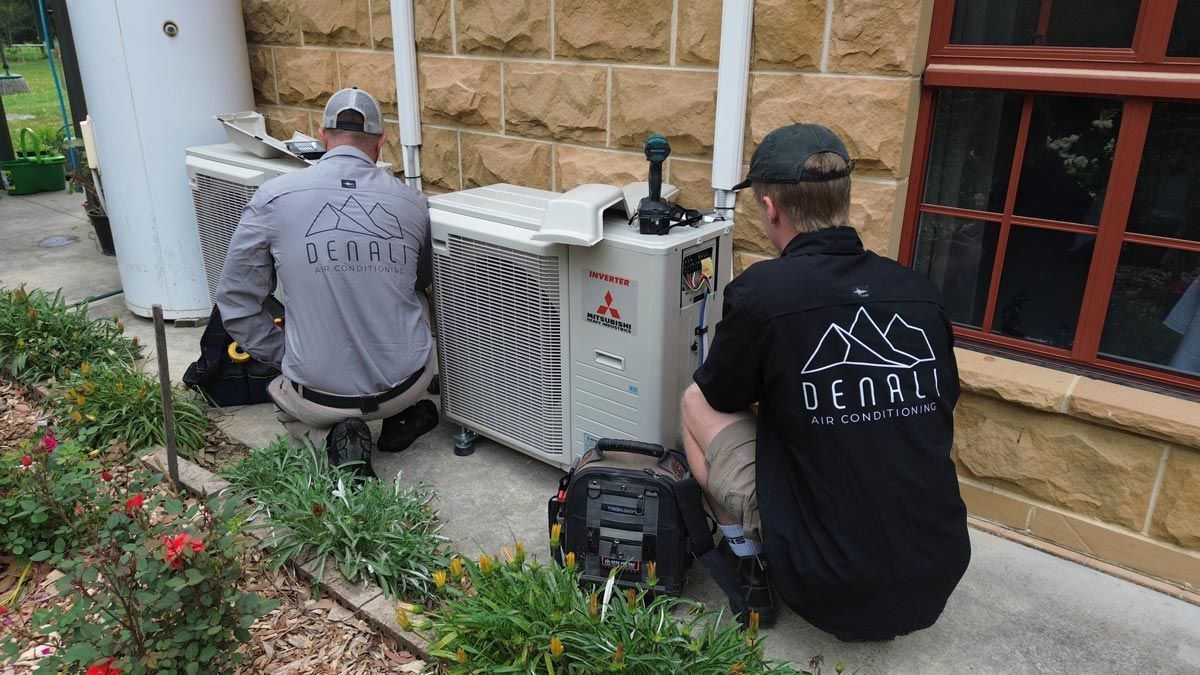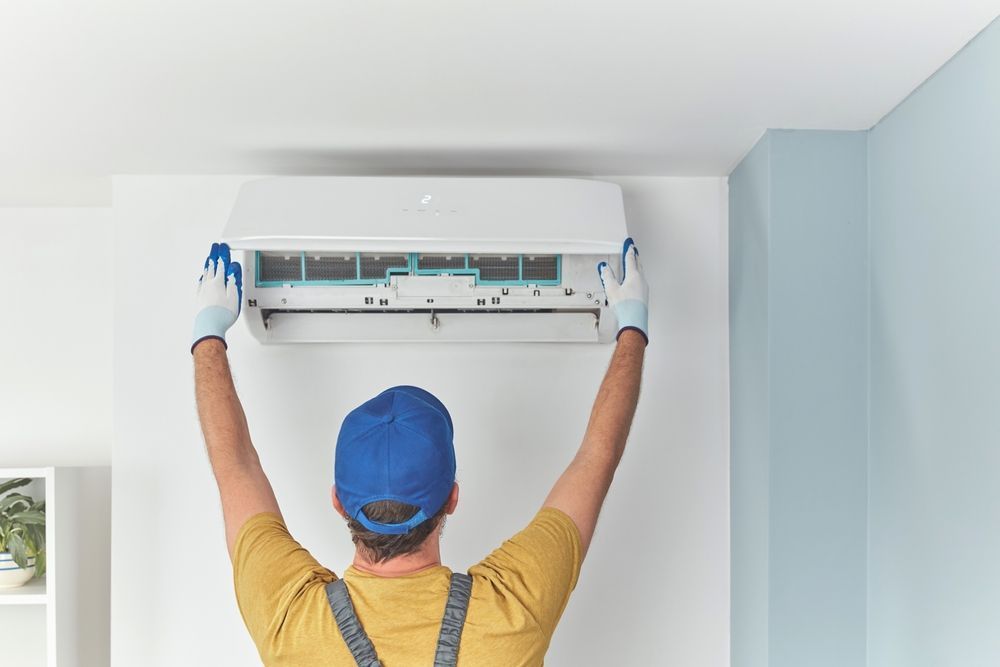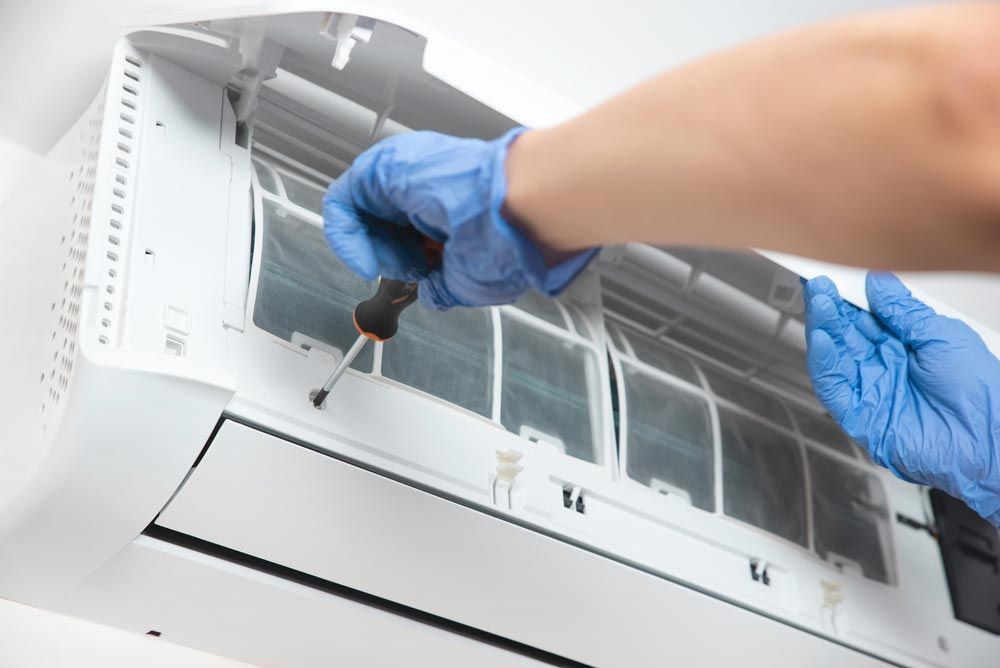Signs You're in Need of Air Conditioning Repair
Air conditioning is essential for maintaining indoor comfort, particularly during Australia’s hot summer months. A properly functioning air conditioner provides relief from high temperatures and improves air quality in homes and businesses. However, like any mechanical system, air conditioners experience wear and tear over time. Recognising the warning signs of malfunctioning units can prevent costly repairs and ensure continued efficiency.
According to IBISWorld, the air conditioning and heating services industry in Australia had a revenue of 11.8 billion in 2024. This highlights the significant demand for professional services to maintain and repair these essential systems. Understanding when to seek air conditioning repair can save time, money and inconvenience.
Weak or Inconsistent Airflow
A common indicator of air conditioning issues is weak or inconsistent airflow. If some rooms feel cooler than others or the air from vents is barely noticeable, this could signal a clogged filter, a failing compressor or ductwork issues. Restricted airflow reduces efficiency and forces the system to work harder, leading to increased energy consumption and higher utility bills.
Unusual Noises
Air conditioners typically operate with a steady hum, but unusual noises indicate underlying problems. Banging or clanking sounds could mean loose or broken components inside the system. High-pitched squealing might point to belt issues or motor problems. Grinding noises could signify a failing compressor. Any abnormal sound warrants professional inspection to prevent further damage.
Warm Air Instead of Cool Air
If an air conditioner is blowing warm air instead of cool air, this is a clear sign that something is wrong. Potential causes include a malfunctioning thermostat, low refrigerant levels or compressor failure. When cool air is not being produced despite proper thermostat settings, professional
air conditioning repair is necessary to diagnose and fix the issue.
Frequent Cycling
Air conditioners are designed to cycle on and off to maintain a stable indoor temperature. However, if the unit turns on and off frequently without completing a full cooling cycle, this could indicate a problem. Common causes include dirty filters, improper thermostat settings or an oversized or undersized system. Frequent cycling strains the system and leads to premature wear.
Unpleasant Odours
Foul or musty odours coming from the air conditioning vents suggest possible issues with mould growth, clogged drains or burned-out wiring. Mould or mildew buildup in ductwork or filters can affect indoor air quality and pose health risks. Burning smells could indicate electrical problems that require immediate attention.
Higher Energy Bills
A sudden or gradual increase in energy bills without a corresponding rise in usage often signals an inefficient air conditioning system. A malfunctioning unit requires more energy to maintain desired temperatures. Causes could include refrigerant leaks, dirty coils or failing components. Regular maintenance and timely air conditioning repair can help restore efficiency and reduce energy costs.
Moisture or Leaks Around the Unit
Any moisture accumulation or visible leaks around the air conditioner should not be ignored. Refrigerant leaks can be hazardous and require immediate professional repair. Water pooling around the unit may indicate a blocked or broken drain line, which can lead to water damage and mould growth.
Inaccurate Thermostat Readings
If the thermostat does not reflect the actual room temperature or fails to respond to adjustments, this could be a sign of malfunction. Faulty wiring sensor issues or outdated thermostats can prevent proper temperature regulation. A technician can assess the issue and recommend necessary repairs or replacements.
Reduced Indoor Air Quality
Air conditioners help maintain good indoor air quality by filtering dust, pollen and other pollutants. If allergy symptoms worsen or excessive dust accumulates indoors, the unit’s filters or ducts may be clogged. Cleaning or replacing filters and servicing ductwork can improve air quality and system performance.
System Age and Frequent Repairs
Most air conditioning systems last 10-15 years with proper maintenance. If the unit requires frequent repairs or is nearing the end of its lifespan, replacing it may be more cost-effective than continuous repairs. Older systems are less energy-efficient and may struggle to maintain consistent cooling.
Short Cycling Issues
Short cycling occurs when an air conditioner turns on and off too quickly without adequately cooling the space. This can be caused by a variety of factors, including an oversized unit, thermostat malfunctions or low refrigerant levels. Short cycling increases wear on components, reduces energy efficiency and shortens the lifespan of the system.
Ice Formation on the Unit
If ice forms on the evaporator coils or refrigerant lines, the system may have restricted airflow or refrigerant issues. Ice buildup can lead to further damage if not addressed promptly. Turning off the system and contacting a professional for air conditioning repair is necessary to prevent further issues.
Delayed Cooling Response
A properly functioning air conditioner should begin cooling shortly after being turned on. If there is a noticeable delay in cooling or the system struggles to reach the desired temperature, there may be underlying mechanical or electrical issues. Addressing the problem early can prevent system failure during peak summer months.
Unresponsive Controls
If an air conditioner does not respond to remote controls, wall panels or thermostat adjustments, there may be an issue with the control board or electrical components. Professional diagnosis is necessary to determine the cause and ensure proper operation.
Excessive Humidity Indoors
A functioning air conditioner helps regulate indoor humidity levels. If humidity remains high despite the system running, the unit may be malfunctioning or improperly sized. High humidity can lead to mould growth, discomfort and structural damage. A professional can diagnose and address the issue.
Tripped Circuit Breakers
If the air conditioner repeatedly trips the circuit breaker, there may be an electrical issue such as a short circuit, overloaded system or faulty wiring. This can be dangerous and should be inspected by a qualified technician to prevent electrical hazards.
Poor Air Distribution
If certain rooms are significantly cooler or warmer than others, the ductwork may be leaking or blocked. Air distribution issues reduce comfort and efficiency. A professional can inspect the system and recommend solutions to improve airflow.
Failure to Turn On
If the air conditioner does not turn on despite power being supplied, the problem could stem from a faulty capacitor, wiring issues or a failing motor. A technician can diagnose the root cause and restore functionality.
Increased Allergies and Respiratory Issues
Poor air conditioning performance can exacerbate allergies and respiratory issues. A malfunctioning unit may not filter air properly, leading to increased dust allergens and pollutants in the home. Addressing repair needs can improve air quality and overall health.
Strange Electrical Behaviours
If lights flicker or other appliances malfunction when the air conditioner turns on, there may be an electrical issue with the unit. This can indicate faulty wiring, power surges or issues with the circuit breaker requiring professional intervention.
Recognising the signs that indicate the need for air conditioning repair can prevent minor issues from escalating into costly breakdowns. Addressing problems early ensures efficiency, extends the system’s lifespan and maintains indoor comfort. With the air conditioning and heating services industry generating 11.8 billion in revenue in 2024, professional repair services are widely available to address these concerns. Scheduling regular maintenance and prompt repairs can keep air conditioning systems functioning optimally year-round. Call us at Denali Air Conditioning today to get started with our services!
